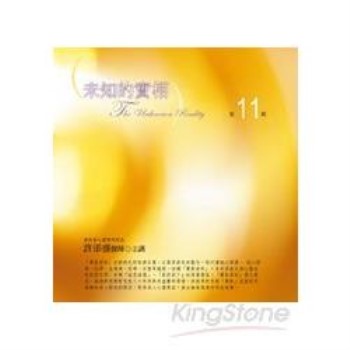During reconstruction of the Italian economy following World War II, the newly established Italian republic and its American allies implemented a program of land reform, the Riforma Fondiaria, which ran from 1950 to 1972. With funding from the Marshall Plan, the Italian state attempted to inhibit the popularity of the communist party and other left wing movements by appropriating some of their policies. Two extensive re- form laws initiated a redistribution of land that had profound e ects across Italy, albeit predominantly in the south. Nearly 50 years later, what became a spectacular disaster for the people and a bonanza for the state has left its physical evidence scattered across the countryside. In 2017, Steven Seidenberg and Carolyn White began an interdisciplinary project to document the contemporary remains of the Riforma. Seidenberg’s richly detailed photographs capture the houses, the outbuildings, the interiors, and the exteriors in a hauntingly beautiful manner, drawing attention to the lives that were strung along through the reform process. Some of the photographs depict the houses themselves, documenting the cast concrete structures posed on the landscape. As Seidenberg turns his lens toward this rural landscape, he captures the tensions between permanence and temporary, between oc-cupied and abandoned, and where the edge of tolerability exists--places where people moved to live better and where the place was so intolerable that it had to be abandoned again.
| FindBook |
|
有 2 項符合
contrasto的圖書 |
 |
$ 1900 | The Architecture of Silence: The Abandoned Life of the Italian South
出版社:Contrasto 出版日期:2023-04-04 語言:英文 規格:精裝 / 普通級/ 初版  看圖書介紹 看圖書介紹
|
 |
$ 1330 | Tokyo: Tsukiji
作者:Nicola 出版社:Contrasto Due 出版日期:2019-12-03 語言:英文 規格:精裝 / 21 x 26 cm / 普通級 |
|
|
內容簡介
作者簡介
Steven Seidenberg is an artist and writer whose collections of photos include Pipevalve: Berlin (Lodima Press, 2017), and the forthcoming The Architecture of Silence: The Abandoned Life of the Italian South. His works of prose, verse, and aphorism include plain sight (Roof Books, 2020), Situ (Black Sun Lit, 2018), Itch (RAW ArT Press, 2014) and the forthcoming Anon (Omnidawn, 2021). His work has been shown in various venues in Italy, Japan, Germany, Mexico, and the United States. Carolyn L. White is Professor of Anthropology at the University of Nevada, Reno, where she holds the Mamie Kleberg Chair in Historic Preservation. Her research focuses on cultural heritage, the materiality of daily life, the intersection of and collaboration between art and archaeology, the built environment, and archaeology of the present. She has studied numerous archaeological sites in the mainland US, Hawaii, England, Japan, Italy, and Germany and pioneered the theory and practice of active site archaeology. Her newest book is The Archaeology of Burning Man: The Rise and Fall of Black Rock City (University of New Mexico Press, 2020).
|










